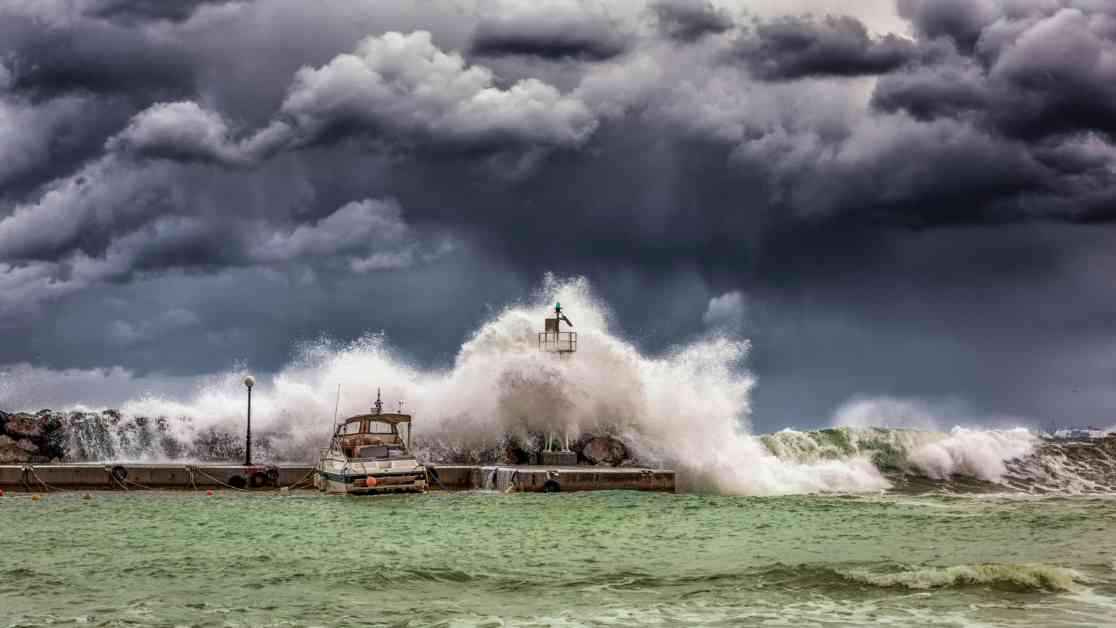A Mega-Tsunami Threatening the West Coast
The West Coast of the United States is facing a terrifying threat in the form of a potential mega-tsunami, according to experts. The coastlines of Northern California, Oregon, and Washington are at risk of being engulfed by colossal waves that could wipe out entire communities. With Alaska, Hawaii, and the mainland’s West Coast all located near active geological disaster zones, the danger is very real.
The Cascadia Time Bomb
A recent study published in the Proceedings of the National Academy of Sciences (PNAS) has raised concerns about a major earthquake that could occur along the Cascadia subduction zone. This fault line extends from Northern Vancouver Island to Cape Mendocino, California, making Northern California, northern Oregon, and southern Washington particularly vulnerable. Researchers at Virginia Tech have warned that a powerful earthquake combined with rising sea levels could trigger a mega-tsunami in these regions, posing a significant threat to coastal areas.
Crumbling Cliffs in Alaska, Volcanic Threats in Hawaii
Alaska is facing a growing risk of landslides, with its rugged terrain and frequent earthquakes making it especially vulnerable. Climate change-induced melting glaciers are destabilizing mountain slopes and increasing the chances of rocks being dislodged, heightening the danger. Meanwhile, Hawaii has a violent history of mega-tsunamis caused by collapsing volcanoes. The build-up of lava layers on Hawaiian volcanoes creates unstable slopes that can collapse during eruptions or seismic events, displacing huge amounts of rock into the sea and triggering mega-tsunamis. Hawaii’s active volcanoes, including Mauna Loa and Kilauea, continue to pose a significant threat to the region.
The Ring of Fire Strikes Again
On the mainland West Coast, the Cascadia subduction zone remains one of the most seismically volatile regions in North America. The likelihood of another major earthquake in the coming decades is high, as the fault line is part of the infamous ‘Ring of Fire’—a tectonic region encircling the Pacific Ocean known for its strong earthquakes and frequent volcanic activity. Despite its volatility, the Cascadia fault has not produced a magnitude 8.0 or higher earthquake since 1700, which is a cause for concern. With coastal communities at risk of subsidence following a potential earthquake, the impacts could be significant and long-lasting.













